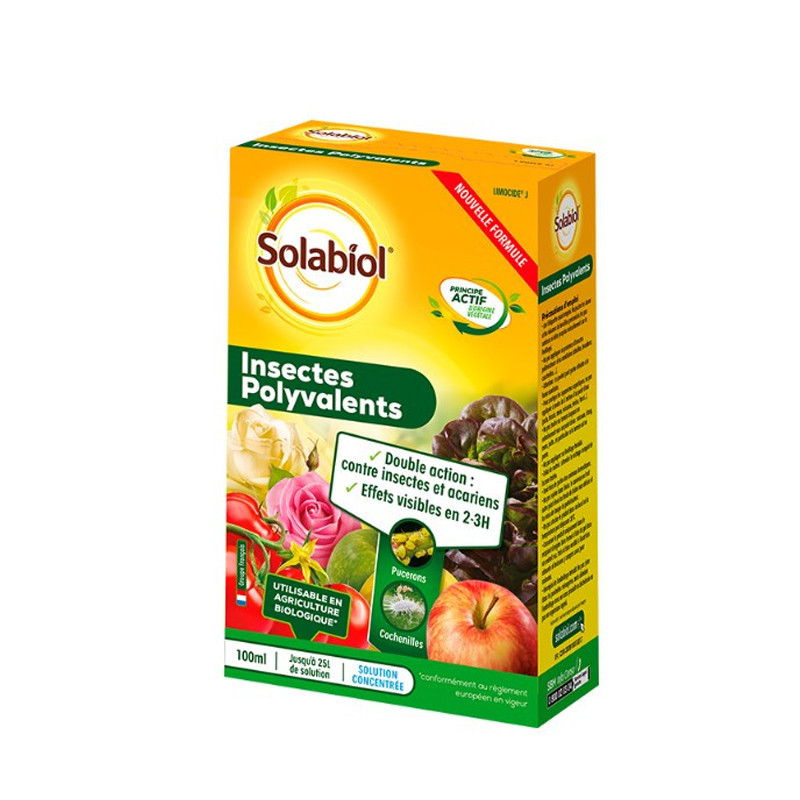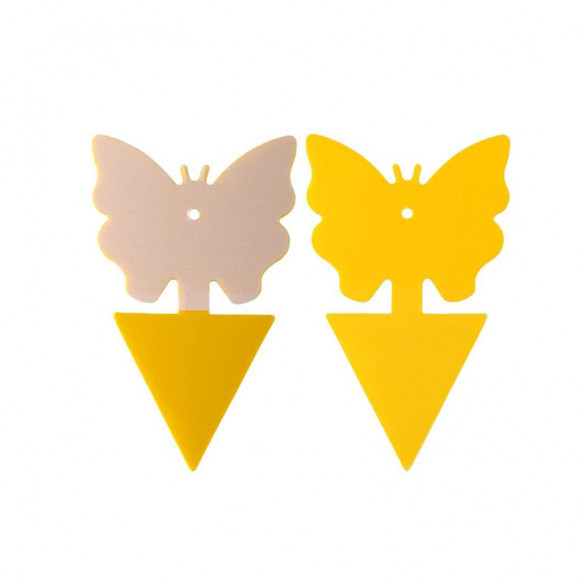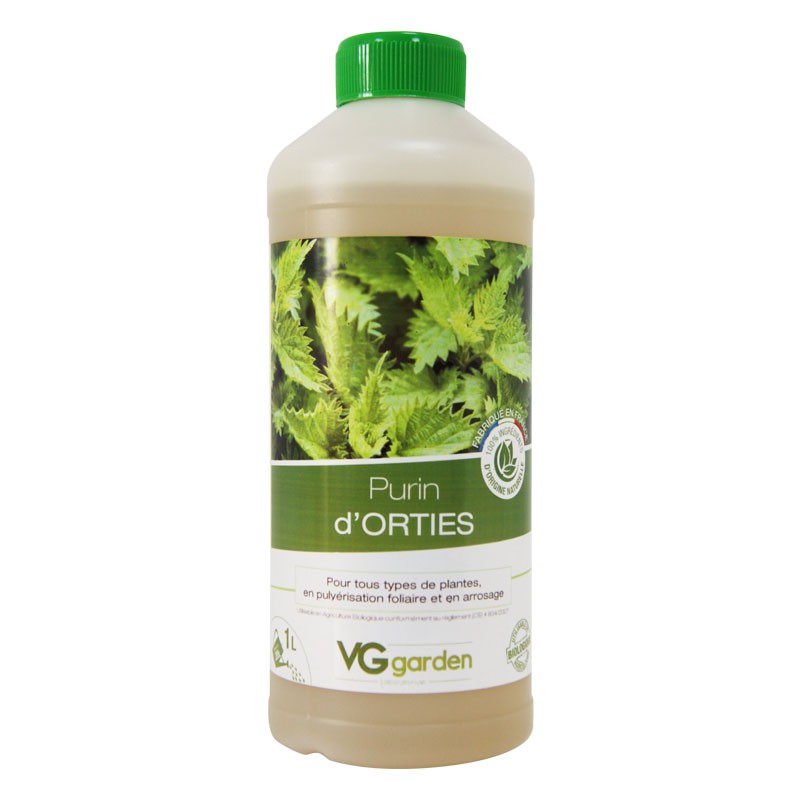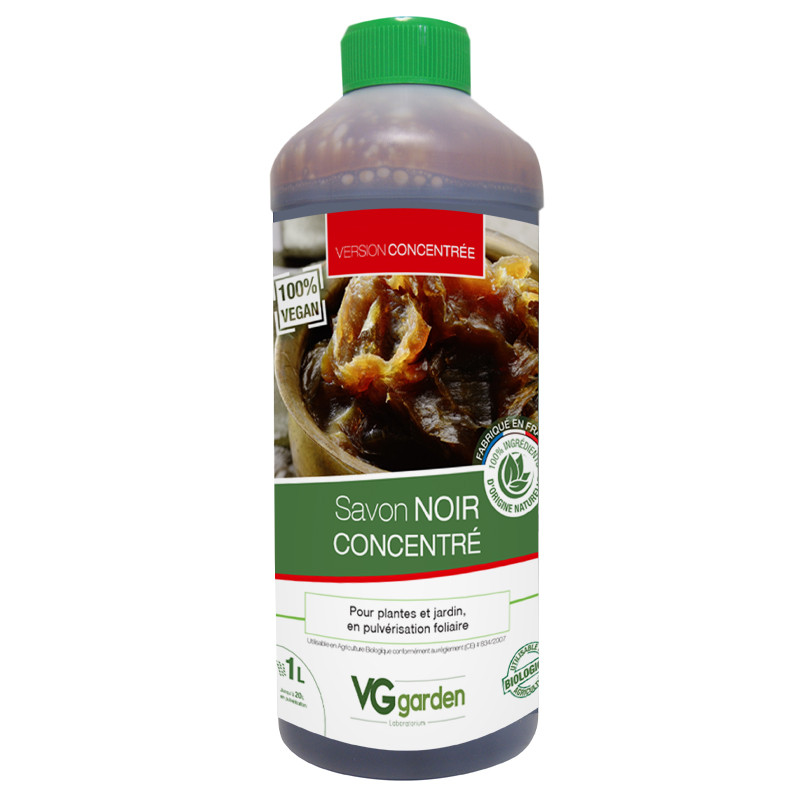Whiteflies are insect pests that attack many indoor plants. They feed on leaf sap, weakening plants and encouraging the development of disease. So it's important to detect and eliminate them quickly. In this tip, you'll find out how to recognize whiteflies, how to prevent their appearance, and how to treat infestations.
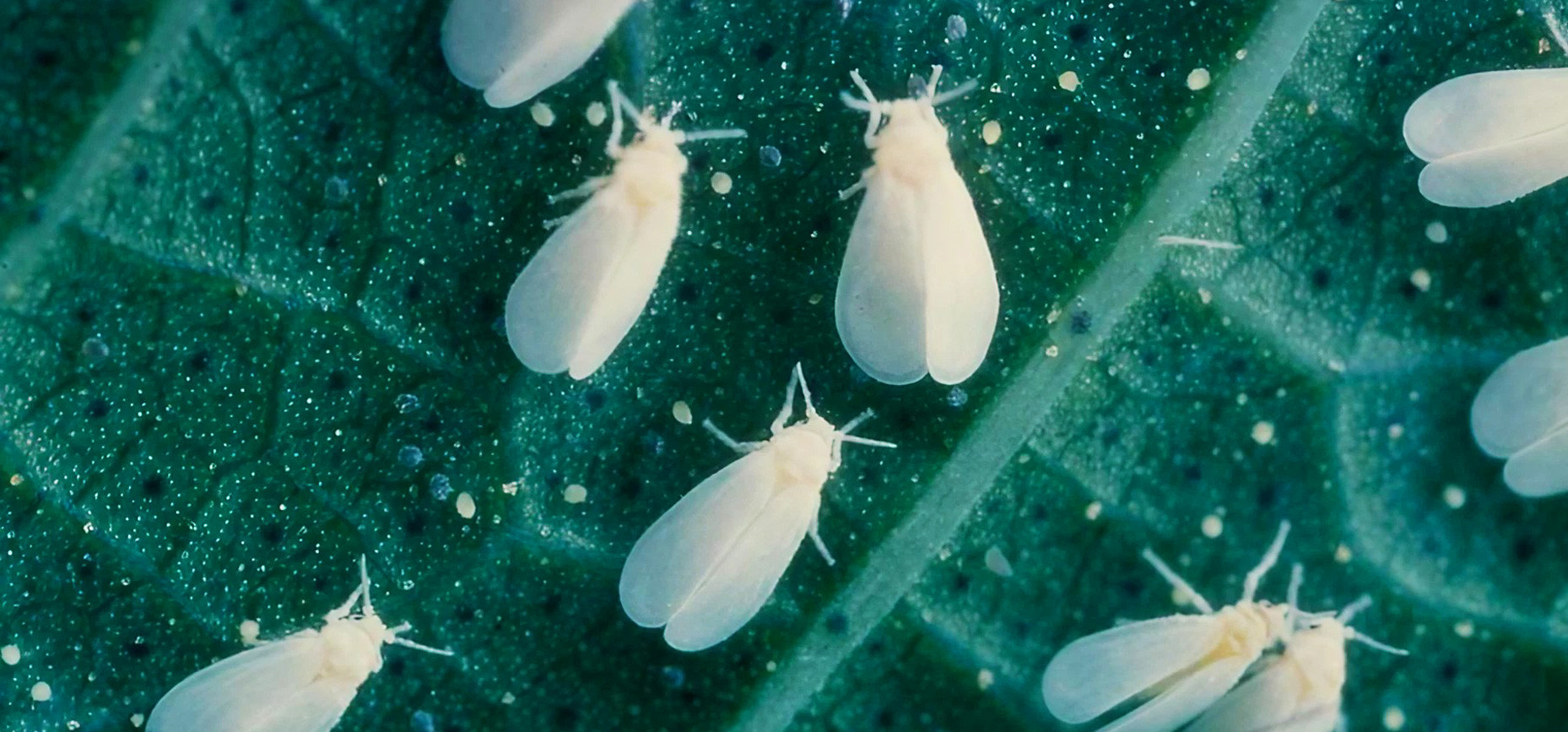
How to control whiteflies in indoor cultivation?
Whiteflies are harmful insects that attack many indoor plants. They feed on leaf sap, weakening plants and encouraging the development of disease. They can also transmit viruses that are dangerous to crops. So it's important to detect and eliminate them quickly. Here are a few tips on how to combat whiteflies in indoor cultivation.
How to recognize whiteflies
Whiteflies are small white insects, around 3 mm long, with two pairs of wings covered in a waxy powder. They hide under the underside of leaves, where they lay their eggs and develop their larvae. When the plant is touched, they fly away in a white cloud, then quickly rest on the same or a neighbouring plant.
White flies damage plants by sucking their sap. Leaves turn yellow, wilt and fall off. Whiteflies also secrete honeydew, a sugary substance that attracts ants and promotes the appearance of black fungi called fumagine. These fungi reduce photosynthesis and plant growth. Whiteflies can also transmit viruses that cause malformations or necrosis on plants.
How can I prevent the appearance of whitefly?
Prevention is the best way to combat whiteflies. You must avoid creating conditions favorable to their development, such as high temperatures, excessive humidity or poor aeration. Plants should also be monitored regularly, and the undersides of leaves inspected for the presence of eggs or larvae.
How to treat whitefly infestations?
If, despite these precautions, whiteflies appear on plants, you need to act quickly to eliminate them. There are several treatment methods, depending on the level of infestation and the type of plant.
- Mechanical treatment: this involves manually removing infested leaves, then cleaning the plant with a damp cloth or a jet of water to dislodge any remaining insects.
- Biological treatment: you can use auxiliaries, i.e. predatory or parasitoid insects that attack the flies. For example, you can introduce ladybugs, lacewings or parasitic wasps into the crop. These beneficials will feed on the eggs, larvae or adults of whiteflies and reduce their population.
- Chemical treatment: a specific insecticide against whiteflies, which acts by contact or ingestion. Choose a product suited to the type of plant, such as spraying nettle purin under the leaves. You can also clean the leaves with black soap, then rinse with a damp cloth. You must respect the doses and precautions for use. You can use yellow sticky strips to trap adult flies.
Don't hesitate to alternate products to avoid the appearance of insect resistance. Chemical treatment should be used as a last resort, as it can have harmful effects on the environment and health.
In conclusion
Whiteflies, small insects harmful to houseplants, suck sap, spread disease and secrete honeydew, which attracts ants and promotes black fungi. To prevent them, maintain an environment that is not conducive to their development, with good aeration and regular inspection of plants. In the event of infestation, opt for control methods such as manual removal of affected leaves, the use of predatory insects such as ladybugs, or as a last resort, a specific insecticide, alternating methods to avoid resistance. Constant control of these pests is essential to protect houseplants effectively.

